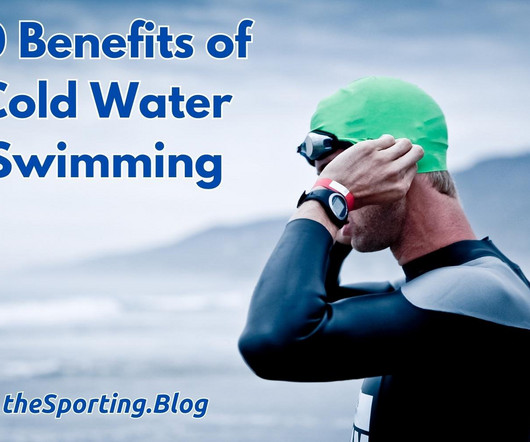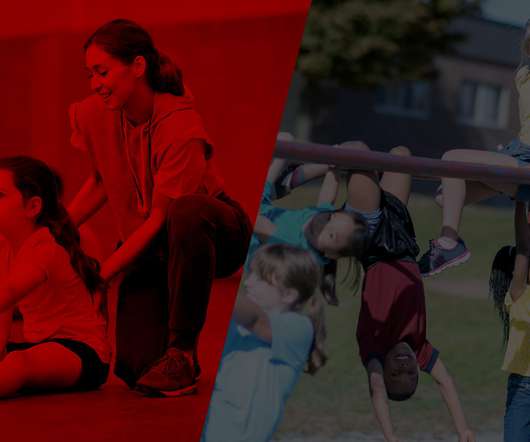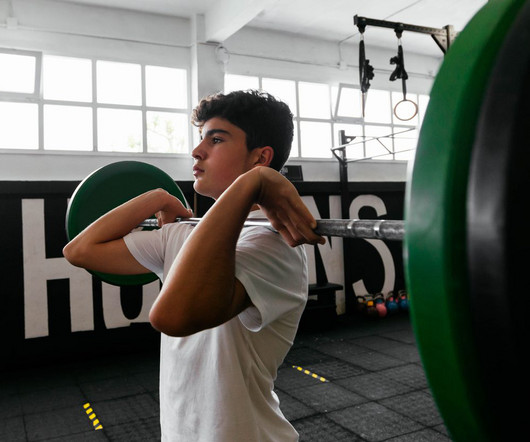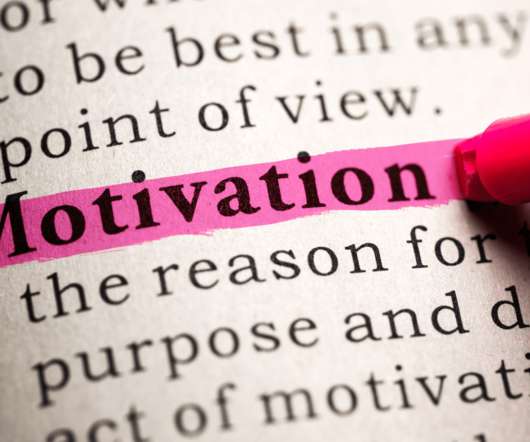Health Benefits Of Physical Education In Schools
PLT4M
AUGUST 22, 2023
Less than 25% of children achieve the recommended 60 minutes of physical activity a day. Muscular Fitness – Builds strong muscles and endurance. Heart & Lunge Health – Improves blood pressure and aerobic fitness. Only 26% of high school-aged students attend PE classes 5 days a week.













Let's personalize your content